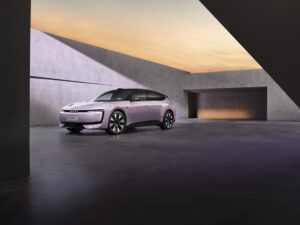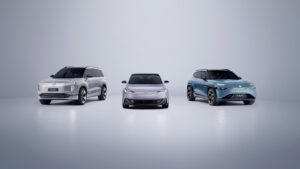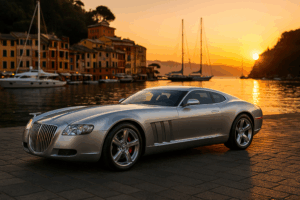Renault Design Talks: The passenger cabin, designed for use
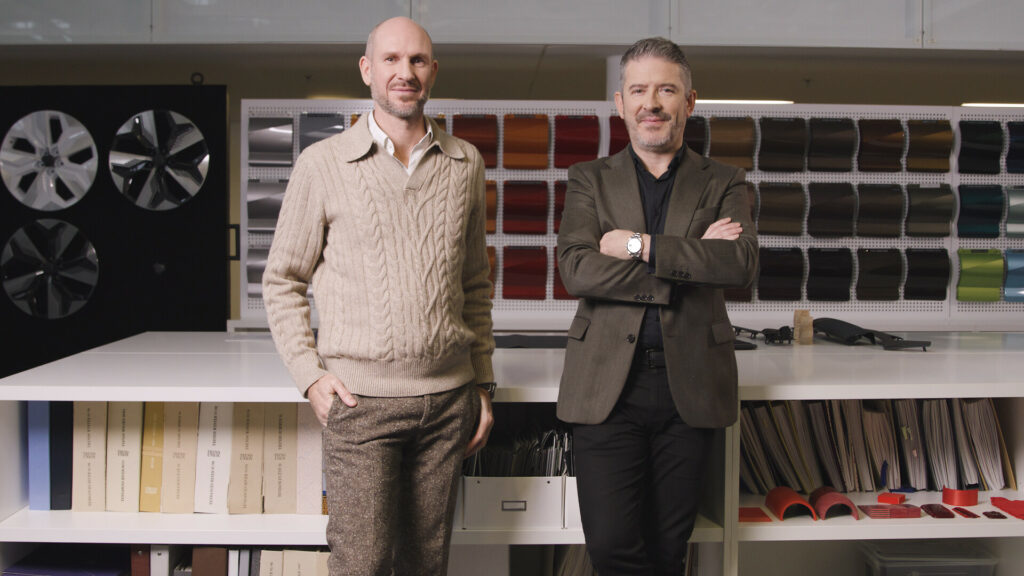
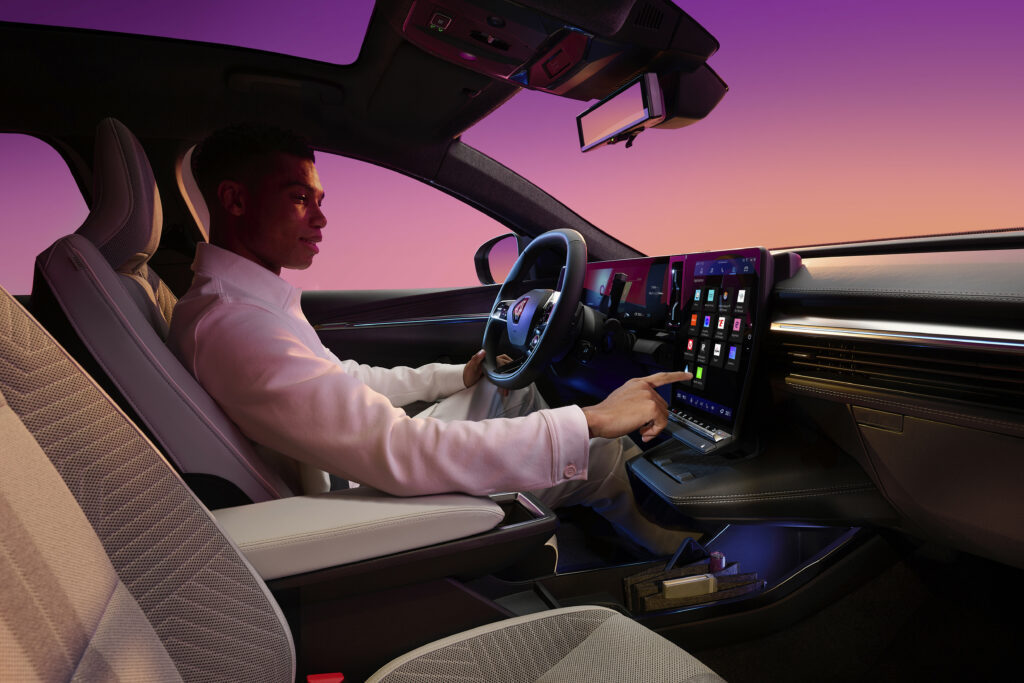
At a time when users’ lifestyles are transformed by the digital age, a car manufacturer has a duty to support them with solutions that make it easier to get around and use its vehicles without disrupting their routine. Designers are on the front line to meet these challenges. More than simply imagining a beautiful interior, they must understand the needs of passengers to create a pleasant and intuitive experience, aligned with their habits.
“For a long time now, design hasn’t just been about styling and aesthetics. It’s all about usage, about the experience that the user is going to have with our products and services.
A completely intuitive and natural experience.
Gilles Vidal – Design Director, Renault Brand
Feel at Home: Thriving for comfort
Gilles and Tristan start from the premise that we move several times a day from a given living space to our vehicles. This transition needs to be simple and require as little effort or inconvenience as possible to make the experience of mobility a pleasant one. At Renault, this is characterised by the concept of ‘Feel at Home’, where the user must feel as comfortable in his vehicle as in his own home.
In the new Renault Scenic E-Tech electric, this is achieved through tangible features such as the Solarbay opacifying panoramic glass roof. It allows light to enter the vehicle or provides protection from the sun without reducing the brightness of the passenger compartment, while maintaining an even temperature on board in both summer and winter. The act of opening and closing the Solarbay has been designed to be as pleasant to use as closing your automatic blinds or curtains to achieve the right temperature at home.
This ‘feel at home’ sentiment is also evident in the ‘ingenius’ rear armrest, designed for passengers’ digital usage. At a time when children use smartphones and tablets to pass the time, long journeys become more enjoyable with this clever armrest featuring integrated power sockets, which allows you to watch films individually on two smartphones or together on a tablet, as if you were sitting in your own living room. These well-thought-out features ensure that the interior of a Renault vehicle becomes a personal sanctuary and offers a real sense of well-being.
Multi-function ingenius rear armrest
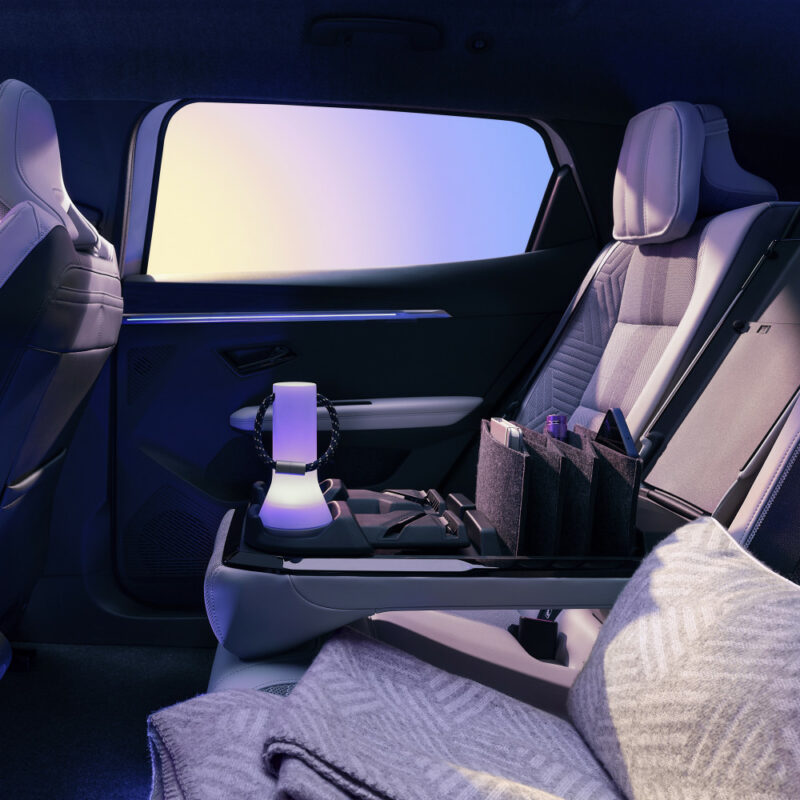
“Feeling at home is what I’m looking for too, and what I’ve been developing for 20 to 25 years in my job. When, after hours and hours of drawings and tests, you can recreate and give that impression, you’ve won everything.
Tristan Auer, interior designer and architect
Humanized Tech: technology at the service of the user
Technology in vehicles is now ubiquitous. ADAS (driver assistance systems) have become essential to guarantee maximum safety for passengers. Multimedia systems such as Renault’s OpenR Link (based on Android Automotive and featuring the Google ecosystem) have become popular by making journeys easier and more fluid. However, Gilles Vidal believes that it’s also important to strike the right balance between technology and experience, so as not to interrupt the driver’s attention and peace of mind. This idea is summed up in Renault vehicles with the expression “Humanized Tech“: technology is not simply a gadget to show off flashy innovations but is applied with care to create a new on-board experience that genuinely improves the comfort and safety of drivers and passengers. In fact, this is the very DNA of Renault’s motto ‘voiture à vivre’ or ‘cars for living’, which has always sought to make the best technology accessible to all.
The challenge of this humanised technology is also to find the right balance between the digital and the physical, at the crossroads between the pixel and the natural fiber. This stance on technology becomes a common thread in the user experience offered by Renault’s design team. For example, being able to change the temperature in the vehicle using a physical button rather going through a screen, or being in contact with natural, sustainable materials such as hemp and linen rather than artificial ones. This perfect equilibrium between technology and physical objects is the mission of automotive design today.
_1708517509.jpg)
The Scenic passenger cabin with OpenR Link
Emergence: the expression of character
Gilles Vidal also stresses that, whatever the choice of cabin design, it is essential to stand out from the crowd. “Looks and beauty may be subjective, but boldness and standing out are essential. To achieve this, you have to be inventive and create new experiences for the road. In addition to making an object or a vehicle pleasing to the eye, emergence is reflected in a design that stands out and differentiates it from the norm,” he explains. Tristan Auer adds: “There’s no such thing as beauty for beauty’s sake; character is the real added value; it even becomes a virtue for the designer. This concept allows us to create a charismatic design language that will provoke an emotion in the user.”
Perhaps this is the secret of Renault’s ‘Next Gen’ vehicle design; totally dedicated to the new everyday uses of its passengers and capable of provoking an emotion, adding a touch of the extraordinary to the experience of mobility.

